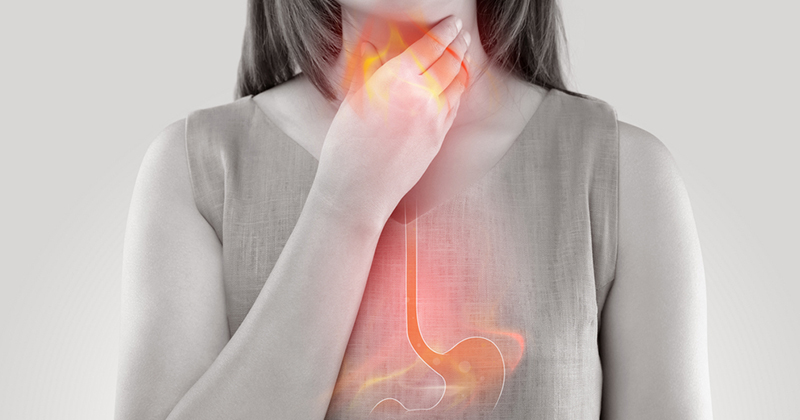What is Acidity?
The food we eat goes into our stomach through the esophagus. The gastric glands in your stomach create acid, which is necessary to digest the food. When the gastric glands create more acid than needed for the digestion process, you can feel a burning sensation below the breastbone. This condition is commonly known as acidity.
Acidity, also called acid reflux, is a condition that is characterized by heartburn that is felt around the lower chest area. It is a common condition that occurs when stomach acid flows back up into the food pipe.
The most common acid reflux symptom is a burning sensation in the chest or pain. While most people suffer in pain, they do not realize that poor lifestyle choices are the primary reason behind acidity.
When acidity symptoms occur more than twice a week, your doctor may diagnose you with Gastroesophageal reflux disease or GERD. Chronic acidity may lead to serious risks that include:
- Esophagus damage: Esophagus is the tube that connects your mouth to your stomach and when acid moves back up and enters the esophagus, it sets the stage for esophageal ulcers, oesophagitis, esophageal strictures, and Barrett’s Oesophagus.
- Esophagus cancer: There is an increased risk of esophagus cancer, which is more likely if you have a history of the condition in the family.
- Cavities/tooth decay: Acid reflux can wear down the enamel of your teeth and lead to cavities.

